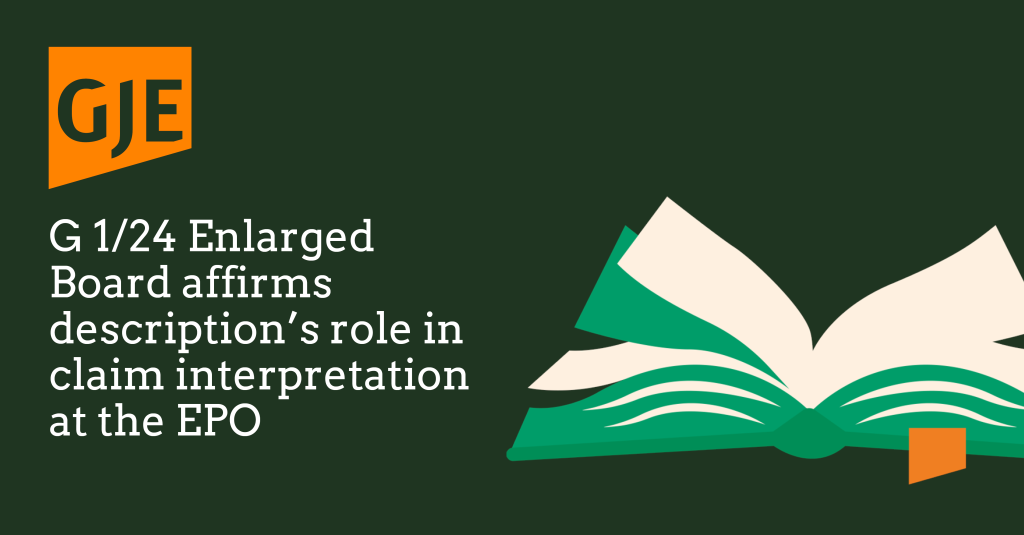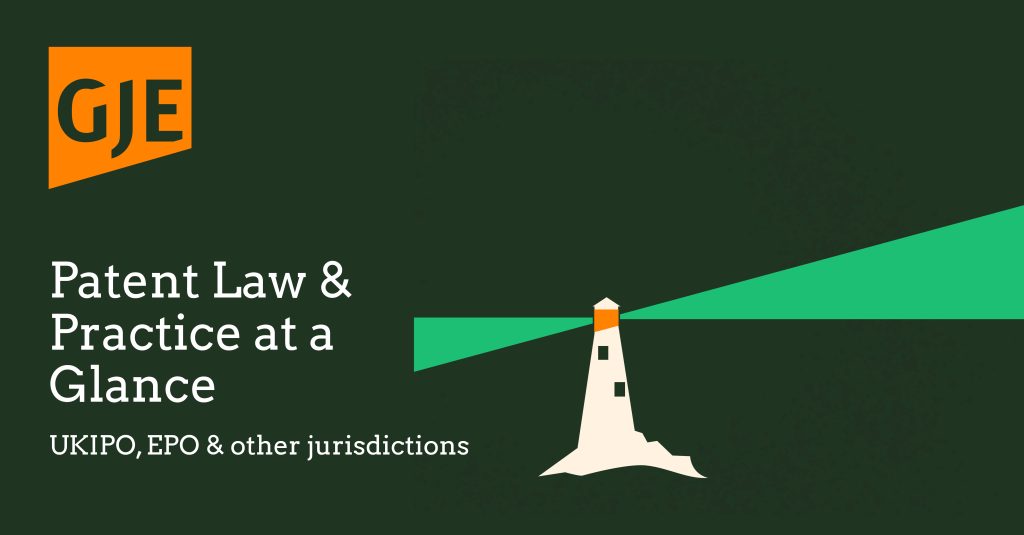
A referral has been made to the Enlarged Board of Appeal (EBA), the highest authority of the European Patent Office (EPO), in relation to whether “post-filed” (or “post-published”) evidence may continue to support the patentability of an invention that is plausible based upon the original content of the application.
It is common to use additional data, not disclosed in an application as filed, in support of arguments for the patentability of an invention. The EPO typically considers such “post-filed” data if it supports a position made plausible by the content of the application. But a potential referral to the EBA could put an end to this practice.
Sumitomo’s Insecticide
The referral stems from Sumitomo’s European patent, EP2484209, the decision on which has now been published as T 0116/18. Sumitomo’s European patent relates to a method of controlling insect pests using a combination of two compounds that act synergistically.
Its inventiveness was disputed at the EPO by way of a post-grant opposition filed by Syngenta, who argued that the data in the application as filed did not make plausible the existence of the synergistic effect for all compound combinations encompassed by the claims. Crucially, Syngenta asserted that Sumitomo’s post-filed data could not cure that defect.
The EPO rejected the opposition and Sygenta filed an appeal against that decision. In view of the post-filed data being crucial in deciding on the inventiveness of Sumitomo’s claims, and in the light of diverging case law in this area, the Board of Appeal decided that a referral to the EBA was necessary to clarify the correct practice.
Diverging Case Law
Most EPO case law concerning plausibility affirms the widespread notion that post-filed data may only be used to support a technical effect rendered plausible by the content of the application as filed (see T433/05, T1329/04, T1791/11, T415/11 and T488/16). However, some decisions have diverged.
A thread of decisions has found that establishing plausibility is only relevant when there are substantiated doubts that the claimed invention does not solve the proposed technical problem (see T578/06, T108/09, T1760/11, T 919/15 and T0184/16).
In some cases, the Board of Appeal have justified their deviation from mainstream practice by citing the principle that each party bears the burden of proof for the facts it alleges. Essentially, opponents should have to prove that the technical effect is implausible based upon the content of the application.
The Questions
The decision of T 0116/18 confirms that the questions referred to the EBA are:
If for acknowledgement of inventive step the patent proprietor relies on a technical effect and has submitted evidence, such as experimental data, to prove such an effect, this evidence not having been public before the filing date of the patent in suit and having been filed after that date (post-published evidence):
- Should an exception to the principle of free evaluation of evidence (see e.g. G 3/97, Reasons 5, and G 1/12, Reasons 31) be accepted in that post-published evidence must be disregarded on the ground that the proof of the effect rests exclusively on the post-published evidence?
- If the answer is yes (the post-published evidence must be disregarded if the proof of the effect rests exclusively on this evidence), can the post-published evidence be taken into consideration if, based on the information in the patent application in suit or the common general knowledge, the skilled person at the filing date of the patent application in suit would have considered the effect plausible (ab initio plausibility)?
- If the answer to the first question is yes (the postpublished evidence must be disregarded if the proof of the effect rests exclusively on this evidence), can the postpublished evidence be taken into consideration if, based on the information in the patent application in suit or the common general knowledge, the skilled person at the filing date of the patent application in suit would have seen no reason to consider the effect implausible (ab initio implausibility)?
Potential Outcomes
If the EBA conclude such post-filed data should be disregarded, then patentees may be prevented from demonstrating the existence of a technical effect over a closest prior art document of which they were unaware until after their application was filed.
Alternatively, the EBA may decide that the test for plausibility has a lower threshold than inventive step, and that the plausibility of an invention is not reliant on a technical effect being demonstrated across an entire claim.
For More Information…
If you would like to discuss how post-filed evidence may impact your case, or have any questions in relation to the matters discussed in this article, please contact us at gje@gje.com. Information about the author of this piece can be found here.




